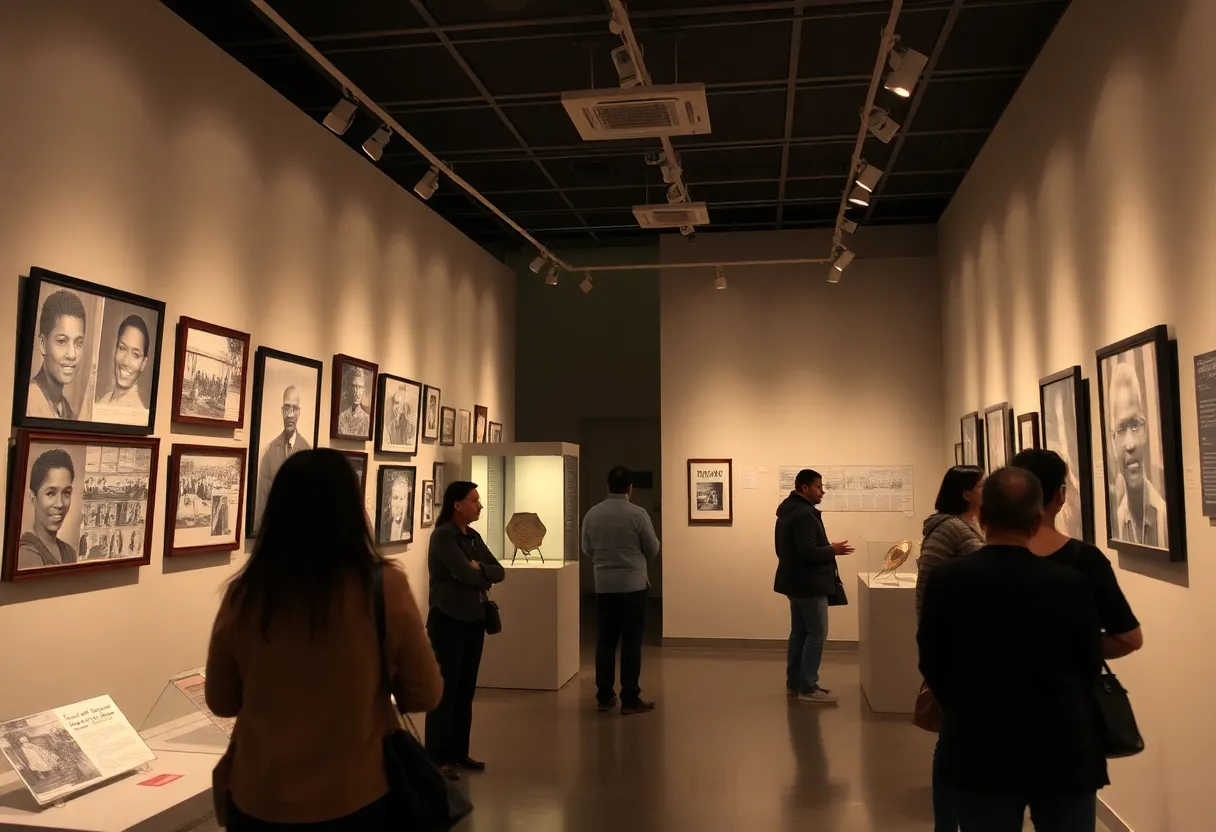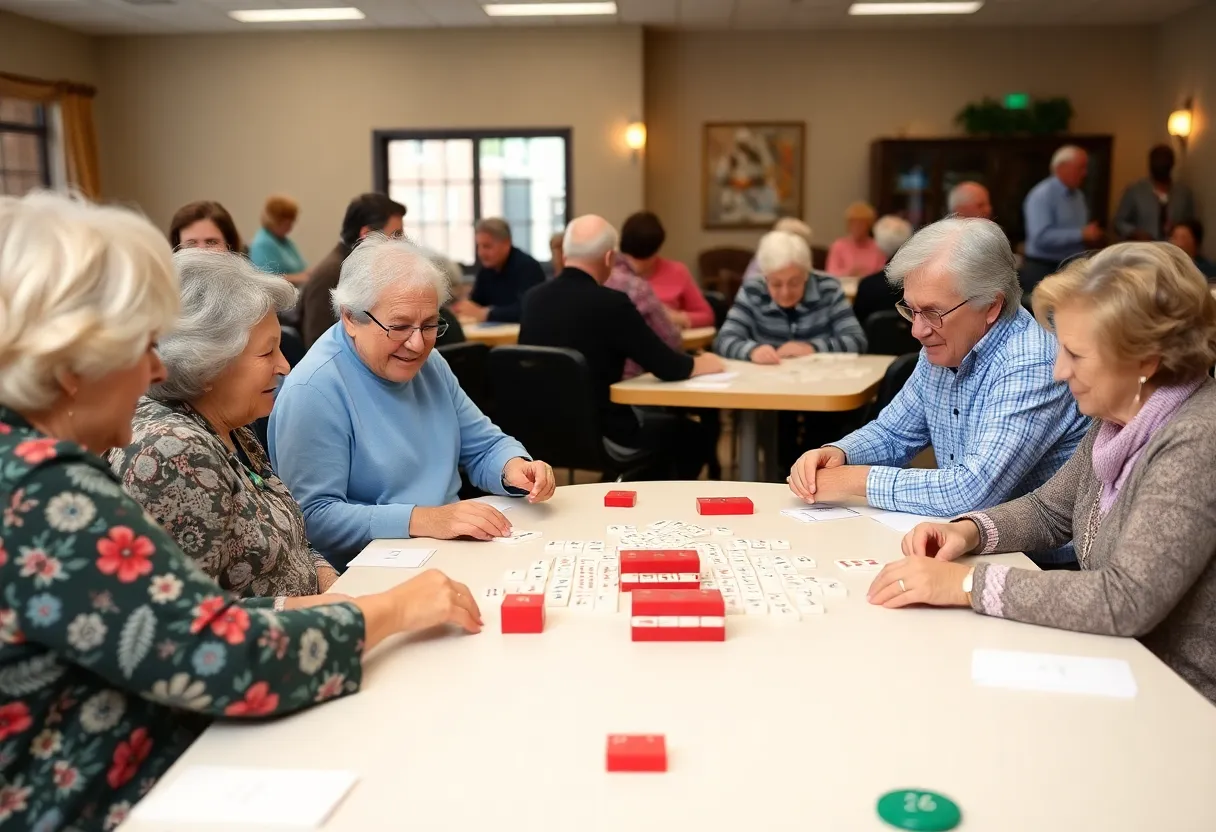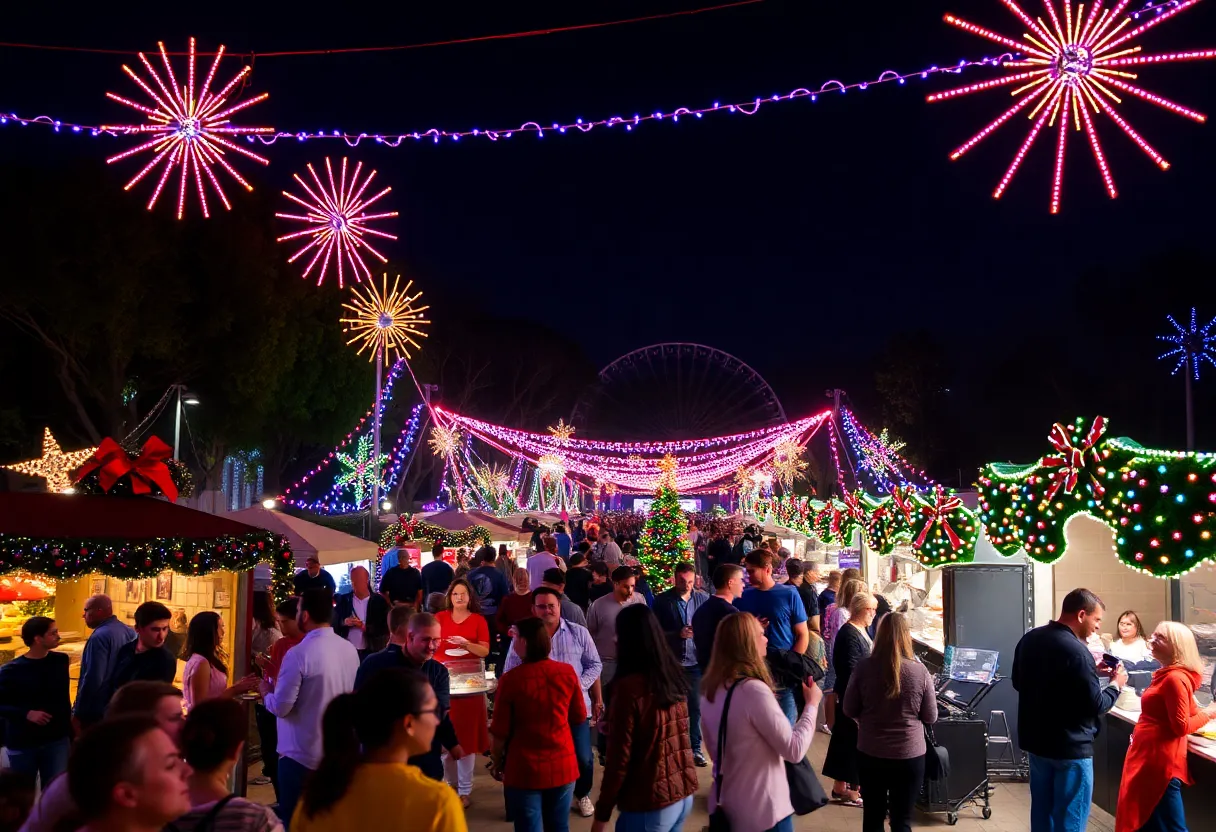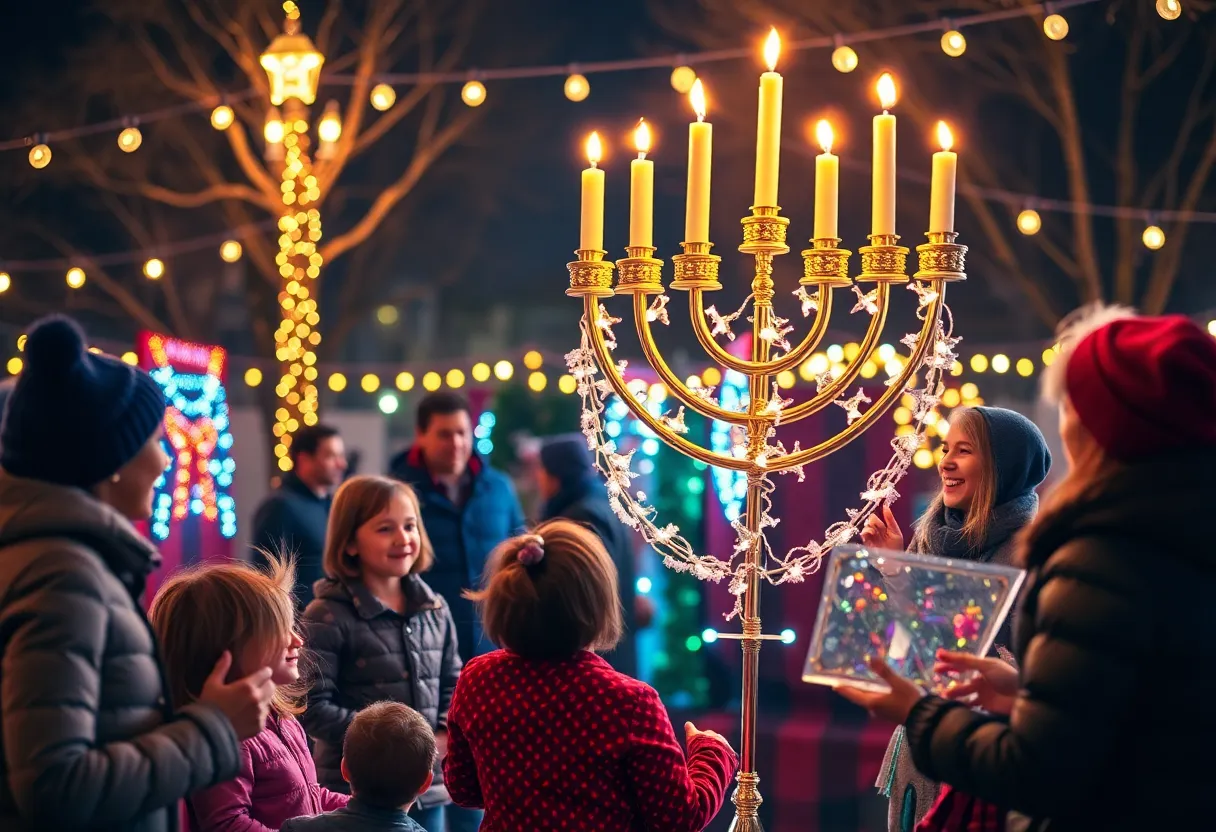News Summary
The San Diego History Center has launched “San Diego’s Lost Neighborhoods,” an exhibition highlighting the contributions and struggles of the city’s Black and Latino communities. Featuring the historical Douglas Hotel, the exhibit explores issues such as gentrification, highway development, and discriminatory housing policies while celebrating local activism and resilience. The exhibit combines oral histories, augmented reality, and archival materials to engage visitors in the rich cultural legacy of these communities.
San Diego Opens Exhibition Celebrating Black and Latino Communities
A new exhibition titled “San Diego’s Lost Neighborhoods” has opened at the San Diego History Center in Balboa Park, celebrating the historical contributions and resilience of the city’s Black and Latino communities. The exhibition aims to educate visitors about the legacy of these communities, particularly through the story of the Douglas Hotel, which served as a vital establishment for Black visitors during the first half of the 20th century.
Located at the corner of Market Street and Second Avenue, a plaque commemorates the Douglas Hotel, often referred to as the “Harlem of the West.” This hotel played a crucial role in providing a safe space for Black performers and patrons during an era of segregation, particularly featuring the Creole Palace nightclub where celebrated artists like Duke Ellington and Bessie Smith performed in the 1930s and 1940s. The hotel was demolished in 1985 and replaced by a mixed-use development.
Gaidi Finnie, the executive director of the San Diego African American Museum of Fine Art, collaborated with the History Center to create the exhibition, which took two and a half years to curate. It explores the deep roots of San Diego’s Black and Latino communities across various neighborhoods, including Julian, La Jolla, and Logan Heights. The exhibition highlights the historical impact of issues like gentrification, highway development, and discriminatory housing policies that have displaced many families over the decades.
Among the crucial historical narratives included is the vibrant history of Imperial Avenue after World War II, along with significant contributions from Black miners such as Frederick Coleman, who discovered gold in Julian during the late 1860s. The exhibition also tackles the challenges these communities have faced, including redlining and restrictive covenants that barred Black families from residing in predominantly White neighborhoods.
Another important focus of the exhibition is the grassroots struggle of southeastern San Diego residents against the development of state Route 252 in the 1970s and 1980s, where local activism successfully halted the freeway’s construction. A centerpiece of the exhibition discusses the history of Martin Luther King Jr. Way, a street that was renamed in 1986 but reverted back to Market Street after a vote in 1987. The opening featured notable speakers, including individuals who worked to preserve the Martin Luther King Jr. Way name.
The exhibit utilizes a combination of oral histories, augmented reality, and archival news articles and photographs to vividly illustrate the lives and histories of San Diego’s Black and Latino communities. Finnie emphasizes the need to remember and honor this history, stating that the resilience and memories of these communities cannot be erased.
The Douglas Hotel was founded in 1924 by Black entrepreneur George Ramsey, who sought to create an inclusive space during a time marked by widespread segregation. By hosting renowned Black performers, the hotel became a key venue that fostered cultural exchange and celebration within the Black community until its closure. In 2005, the historical significance of the Douglas Hotel was acknowledged with the installation of the commemorative plaque.
The current efforts within the exhibition aim to connect past challenges with present realities, while promoting resilience among Black and Latino communities in San Diego. “San Diego’s Lost Neighborhoods” stands as a testimony to the rich cultural legacy of these communities and encourages ongoing reflection and conversation regarding their ongoing struggles and achievements.
Deeper Dive: News & Info About This Topic
HERE Resources
Exploring the Overseas Highway: A Scenic Journey through the Florida Keys
Oakland Athletics To Unveil Sacramento Alternate Jerseys
Mission Hills Residents Oppose Proposed 12-Story Building
Transformations in San Diego’s Dining Scene
New Dining Experiences Launch in San Diego This Month
Five Major Insurance Companies Re-enter California Market
San Diego Faces Historic Drought Challenges
Upcoming Events in San Diego
UC San Diego Achieves Top University Ranking and Expands Housing Capacity
San Diego State Women’s Soccer Players Earn Weekly Honors
Additional Resources
- San Diego Union Tribune: San Diego’s Lost Neighborhoods
- 10News: The Harlem of the West
- 10News: Black Hotel in Downtown San Diego
- Wikipedia: Douglas Hotel
- Google Scholar: San Diego Black and Latino communities

Author: STAFF HERE SAN DIEGO WRITER
The SAN DIEGO STAFF WRITER represents the experienced team at HERESanDiego.com, your go-to source for actionable local news and information in San Diego, San Diego County, and beyond. Specializing in "news you can use," we cover essential topics like product reviews for personal and business needs, local business directories, politics, real estate trends, neighborhood insights, and state news affecting the area—with deep expertise drawn from years of dedicated reporting and strong community input, including local press releases and business updates. We deliver top reporting on high-value events such as Comic-Con International, San Diego County Fair, and San Diego Pride Festival. Our coverage extends to key organizations like the San Diego Regional Chamber of Commerce and United Way of San Diego County, plus leading businesses in biotechnology, healthcare, and technology that power the local economy such as Qualcomm, Illumina, and Scripps Health. As part of the broader HERE network, including HEREAnaheim.com, HEREBeverlyHills.com, HERECostaMesa.com, HERECoronado.com, HEREHollywood.com, HEREHuntingtonBeach.com, HERELongBeach.com, HERELosAngeles.com, HEREMissionViejo.com, and HERESantaAna.com, we provide comprehensive, credible insights into California's dynamic landscape.





